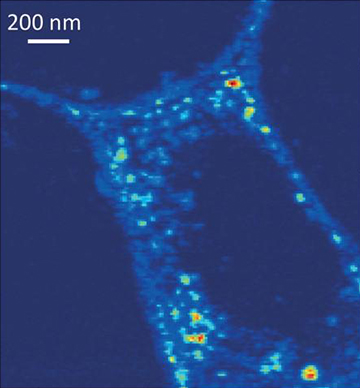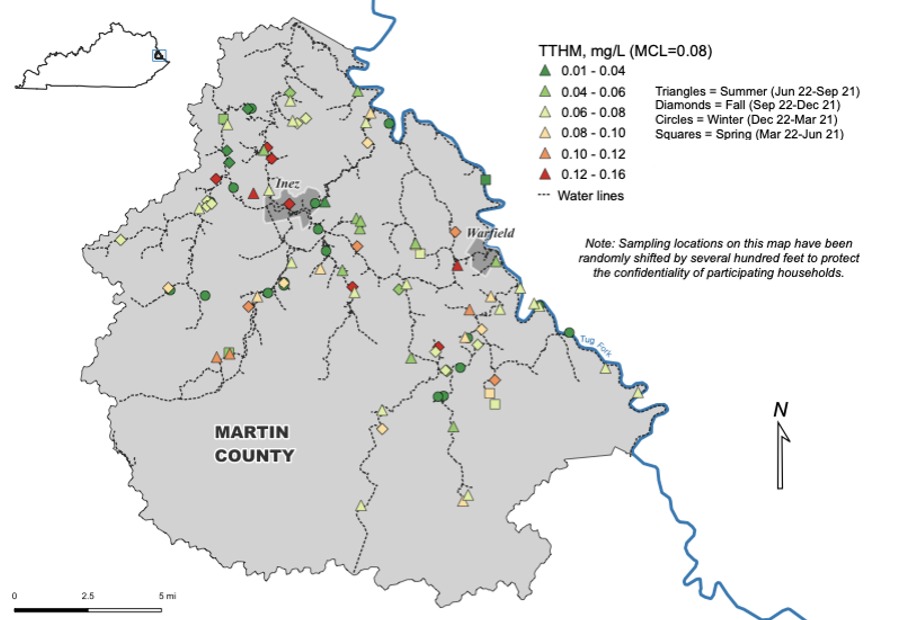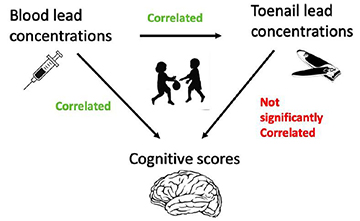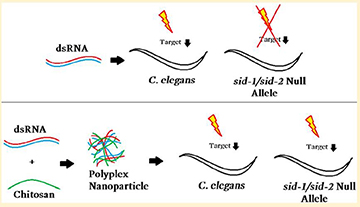Jason M. Unrine

Last Revised: Jan 16th, 2025
Professional Biography
Research
I’m an environmental toxicologist and chemist. My research activity falls into four major interdisciplinary areas focused on distinct societal challenges. My research group works to help solve these challenges by working collaboratively with scientists, physicians and engineers from a variety disciplines as well as collaborating with citizens from affected communities.
Environmental chemistry and toxicology of nanomaterials
 Over the past 15 years, there has been an explosion in the use of engineered nanomaterials in every facet of science and technology. We helped to pioneer the field of environmental nanoscience. We developed tools that utilize advanced analytical, imaging and spectroscopic techniques to investigate the environmental transformations, bioavailability, bioaccumulation, trophic transfer and maternal transfer of these contaminants. We relate this information to molecular mechanisms of toxicity and adverse organismal effects with population level relevance. Our work with nanomaterials focuses on how the properties of nanomaterials relate to their bioavailability and adverse effects and how these properties change in the environment and within organisms.
Over the past 15 years, there has been an explosion in the use of engineered nanomaterials in every facet of science and technology. We helped to pioneer the field of environmental nanoscience. We developed tools that utilize advanced analytical, imaging and spectroscopic techniques to investigate the environmental transformations, bioavailability, bioaccumulation, trophic transfer and maternal transfer of these contaminants. We relate this information to molecular mechanisms of toxicity and adverse organismal effects with population level relevance. Our work with nanomaterials focuses on how the properties of nanomaterials relate to their bioavailability and adverse effects and how these properties change in the environment and within organisms.
Li et al., 2019, Environmental Science Nano, 6:273-285
Exposure to and health effects of disinfection byproducts in drinking water
We work with community partners in Martin and Letcher Counties Kentucky in a community-engaged study patterns of exposure to drinking water disinfection byproducts (DBPs). Disinfection byproducts are formed when natural organic matter (NOM) in source water reacts with chlorine or chloramine and other halogens during drinking water treatment. Examples include trihalomethanes and haloacetic acids. The most common violation of the safe drinking water act in the Commonwealth of Kentucky and nationally is for disinfection byproducts. As many as 11 million people nationwide are exposed to levels of disinfection byproducts that exceed national standards. DBPs have been linked to urinary tract cancers and birth defects in epidemiological studies. Our research aims to identify the factors influencing multi-route exposure to DBPs and help prioritize engineering solutions to reduce exposure. A key element of this research involves engagement and citizen science to help determine exposures at the level of the individual household.

Environmental chemistry and toxicology of trace-elements
 Humans have recognized the toxicity of trace-elements such as arsenic, mercury, and lead since antiquity. Yet wildlife and humans still often suffer adverse effects from unintentional exposure to these elements. Over the years we have addressed a wide array of topics in trace-element toxicology with an emphasis on food chain exposure and trophic transfer, maternal transfer, soil exposure, and drinking water exposure. Our projects have included investigation of the correlation between lung cancer and trace-element exposure in southeastern Kentucky, development of non-invasive biomarkers of children’s lead exposure, bioaccumulation and effects of mercury exposure in amphibians, metal exposure in agricultural workers in Central America, arsenic exposure from contaminated soil at a Kentucky superfund site, selenium contamination from mining sites and coal combustion products, and trophic and maternal transfer of selenium in reptiles, among other projects.
Humans have recognized the toxicity of trace-elements such as arsenic, mercury, and lead since antiquity. Yet wildlife and humans still often suffer adverse effects from unintentional exposure to these elements. Over the years we have addressed a wide array of topics in trace-element toxicology with an emphasis on food chain exposure and trophic transfer, maternal transfer, soil exposure, and drinking water exposure. Our projects have included investigation of the correlation between lung cancer and trace-element exposure in southeastern Kentucky, development of non-invasive biomarkers of children’s lead exposure, bioaccumulation and effects of mercury exposure in amphibians, metal exposure in agricultural workers in Central America, arsenic exposure from contaminated soil at a Kentucky superfund site, selenium contamination from mining sites and coal combustion products, and trophic and maternal transfer of selenium in reptiles, among other projects.
Dantzer et al., 2020, Science of the Total Environment, 700:13549
Nanocarriers for delivery of RNA for RNA interference technology to increase sustainability of food production
 An increase in food production and decrease in food waste is needed to meet the needs of global population nearing 10 billion. Up to a third of food is lost in the field to insect pests. Many insects and other pests have evolved resistance to chemical pesticides. Further chemical pesticides have historically been linked to adverse effects in humans and ecosystems. RNA interference is a biological control method that uses RNA to suppress gene expression in target species. However, there are barriers to the application of RNA interference technology including instability of RNA in the environment and physiological barriers that prevent delivery of dsRNA to the intracellular location of the RNAi machinery (the cytoplasm). We have been working on developing materials to deliver dsRNA to insect pests and insect disease vectors as well as utilizing the nematode Caenorhabditis elegans as a model species to understand the mechanisms of nanocarrier-mediated RNAi.
An increase in food production and decrease in food waste is needed to meet the needs of global population nearing 10 billion. Up to a third of food is lost in the field to insect pests. Many insects and other pests have evolved resistance to chemical pesticides. Further chemical pesticides have historically been linked to adverse effects in humans and ecosystems. RNA interference is a biological control method that uses RNA to suppress gene expression in target species. However, there are barriers to the application of RNA interference technology including instability of RNA in the environment and physiological barriers that prevent delivery of dsRNA to the intracellular location of the RNAi machinery (the cytoplasm). We have been working on developing materials to deliver dsRNA to insect pests and insect disease vectors as well as utilizing the nematode Caenorhabditis elegans as a model species to understand the mechanisms of nanocarrier-mediated RNAi.
Lichtenberg et al., 2019, Environmental Science and Technology, 53: 3832-3840.
Service
Co-director of the analytical core for the National Institute of Environmental Health Sciences P30 Environmental Health Sciences Core Center (EHSCC) - University of Kentucky Center for Appalachian Research in Environmental Sciences (UK-CARES)
Faculty supervisor of the Plant and Soil Sciences nutrient analysis laboratory
Steering Committee Member - Integrated Plant and Soil Sciences MS and PhD programs
Administration
I also serve as director of the Kentucky Water Resources Research Institute (KWRRI). KWRRI is part of a nationwide association of 54 federally authorized water resource institutes and centers located at land-grant universities. KWRRI serves as an important link between water-related personnel at academic institutions, government agencies and in the private sector. KWRRI manages a wide variety of research projects, provides technical support to its stakeholders, and educates and trains the next generation of water resource experts. See more information about KWRRI.
Research Training
My lab accepts students for research training from the high school through postdoctoral levels. Examples of former mentees and their current positions are listed below. Contact me for more information.
Former Postdocs
- Simona Murph- Senior Research Scientist, Savannah River National Laboratory
- Aaron Shoults-Wilson- Assistant Professor, Illinois Wesleyan University
- Devrah Arndt- Scientist, Proctor and Gamble
- Blanche Collin, Maître de Conférences (equivalent to Assistant Professor), University of Aix-Marseilles, France
- Jérôme Laisney, Scientist, GreenLight Biosciences
- Chun Chen- Assistant Professor, Northwest Agricultural and Forestry University, China
- Jonathan Judy- Assistant Professor, University of Florida
Former Graduate Students
- Annie Whitley- Life Scientist, United States Environmental Protection Agency
- Emily Oostveen- Chemist, Kentucky Department of Environmental Protection
- Sewwandi Rathnayake, PhD student, Texas A&M University
- Jieran Li, Postdoctoral Fellow, Wayne State University
- Stuart Lichtenberg, Postdoctoral Fellow, University of Wisconsin, Madison
- Zeinah Elhaj Baddar, Postdoctoral Fellow, University of Georgia, Savannah River Ecology Laboratory
Former Undergraduate Researchers
- Oksana Zhurbich, PhD student, Spalding University
- Alison Willis, Environmental Scientist, University of Cincinnati
- Julianna Dantzer, Grants Manager, Solar United Neighbors
- Wonjin Kim, Master of Public Health Student, University of Florida
- Yoana Cosyleon, Pollution Control Inspector, Miami Dade County Department of Environmental Resource Management.
- Raymond Batts, CEO, Collective Minds Corporation
Education
Course Instruction
Term(s) Taught:
Term(s) Taught:
Term(s) Taught:
Term(s) Taught:
Term(s) Taught:
Term(s) Taught:
